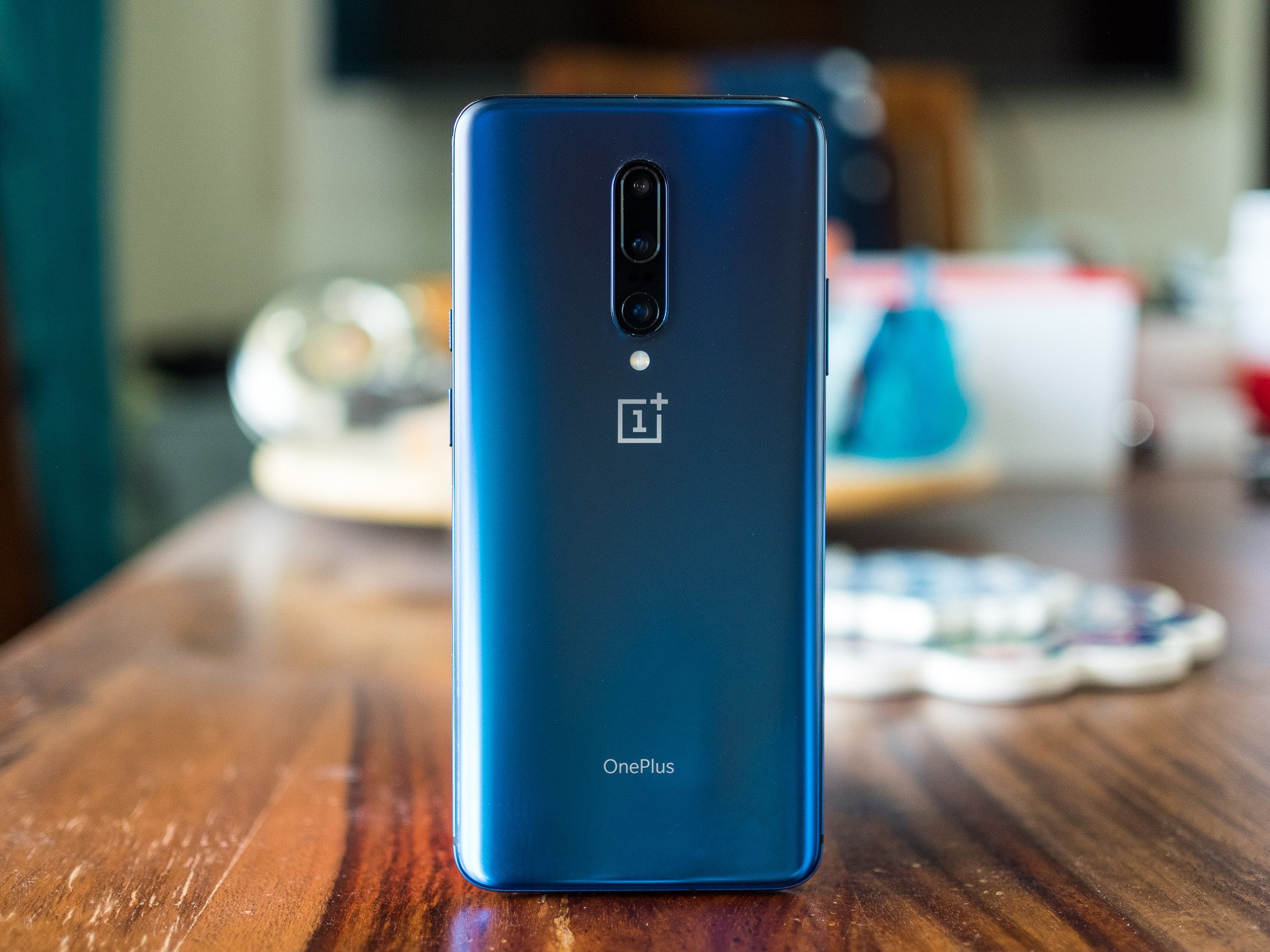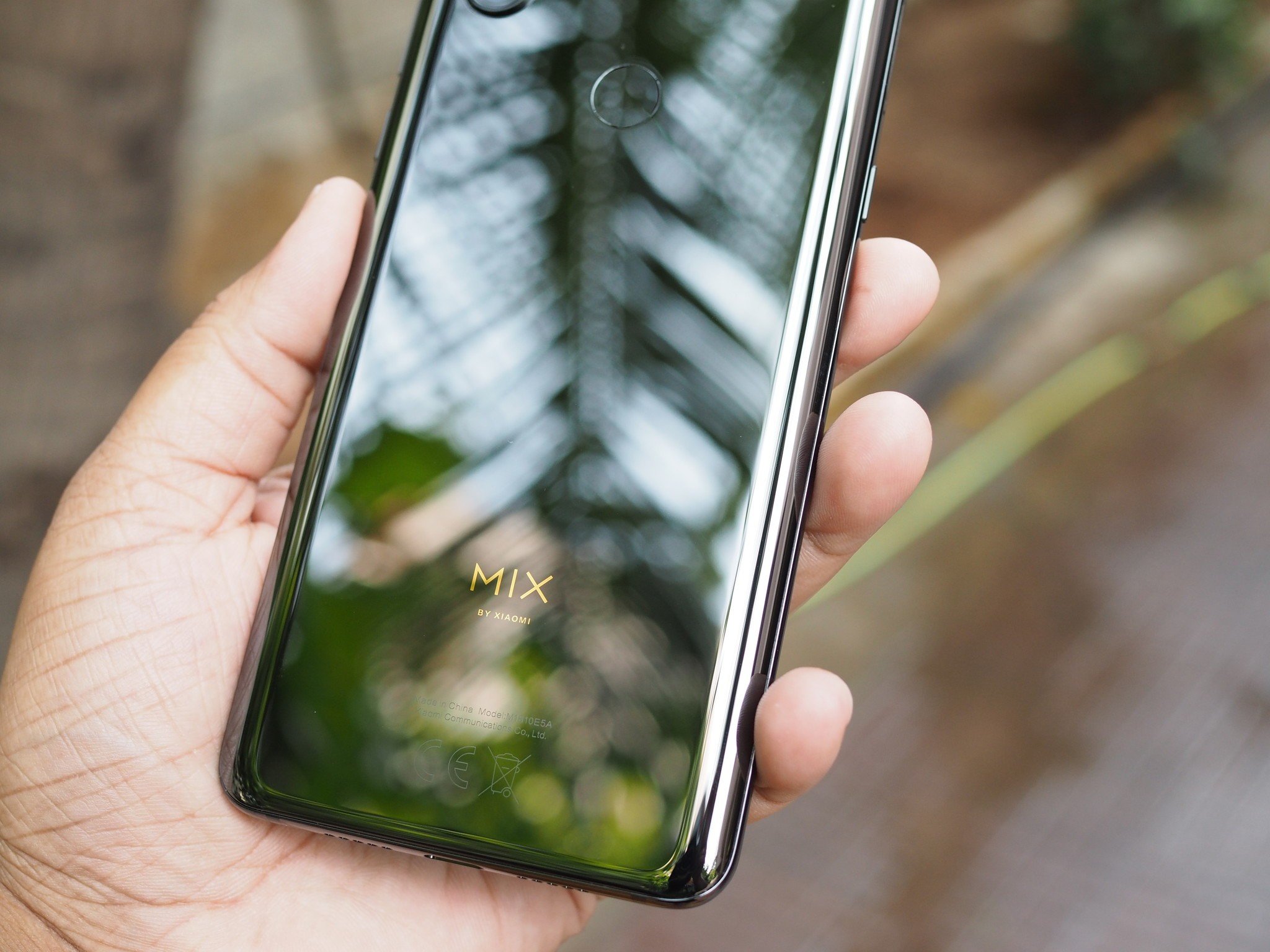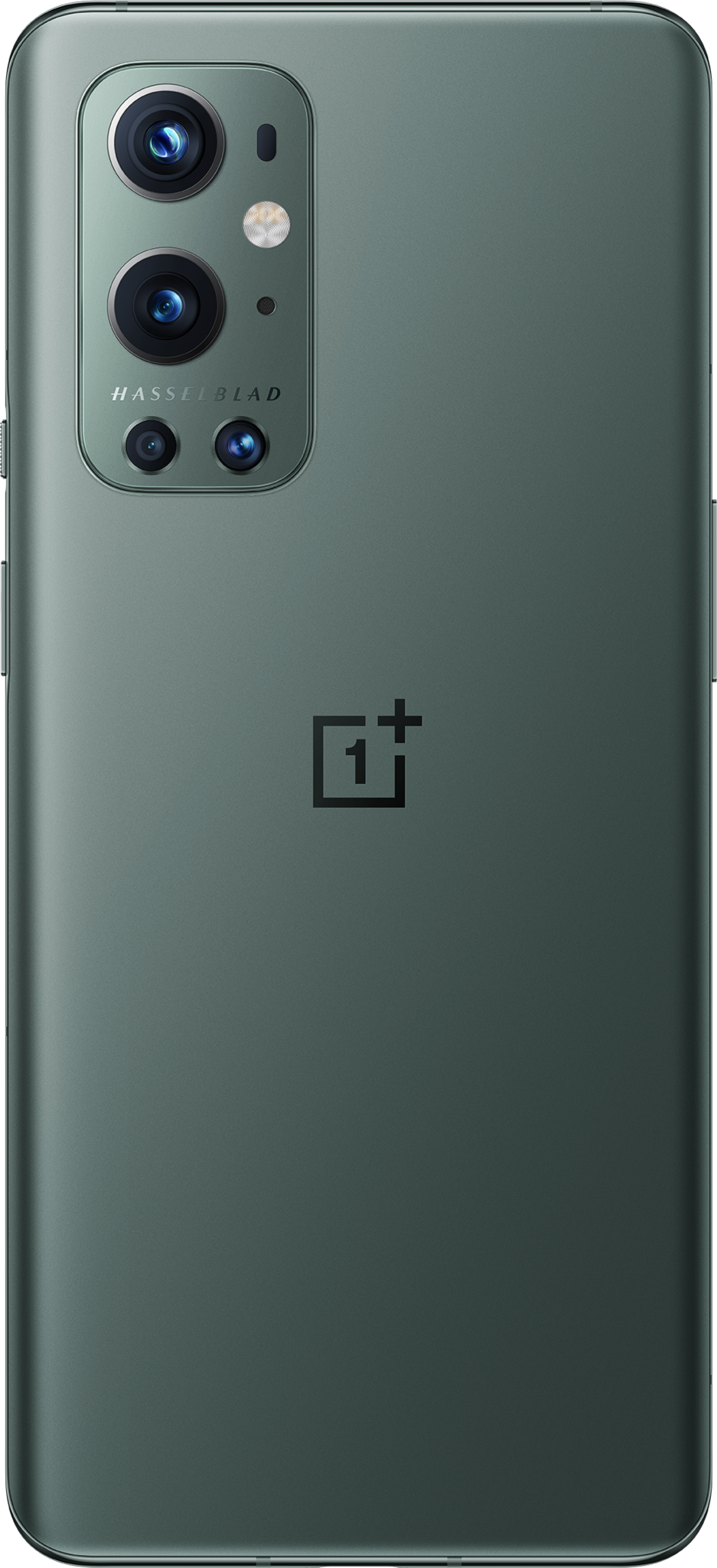Here's everything Sony has confirmed about the PS5 VR (PSVR 2) so far - Android
Peering through the fog of truth and rumor.
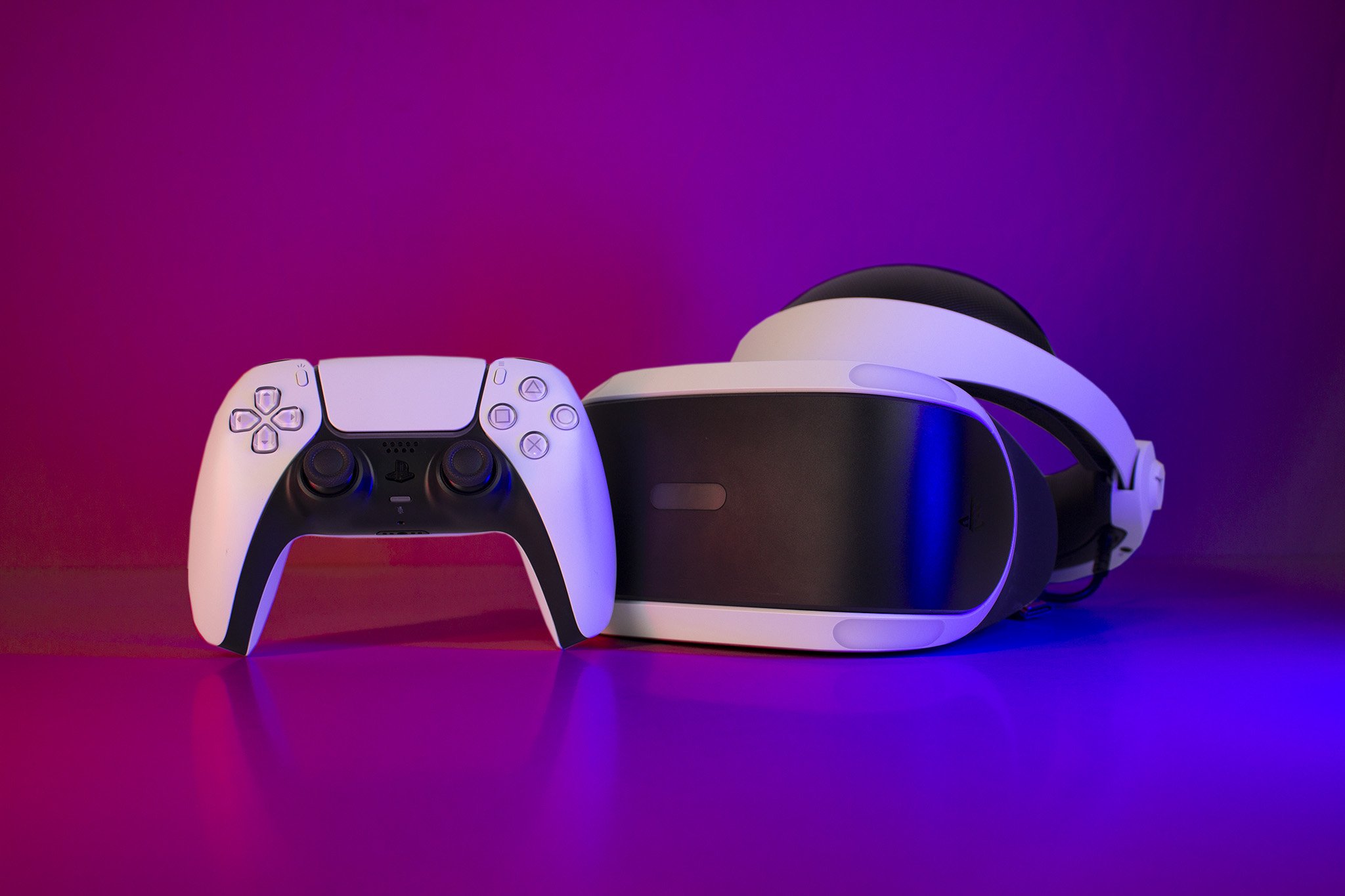
You know how this works. Up until the official announcement or release of a product, the rumor mill swims with excitement, pumping out every possible (and impossible) feature to the forefront of what could be coming next. We know it'll be one of the best PS5 accessories when it's released and, based on the original's success, we know it'll provide plenty of amazing and unique gaming experiences. While we can speculate to high heaven on what the hardware will be like, Sony has made a number of annoucements about the PS5 VR (PSVR2) that we can say, without a doubt, are irrefutably true.
PS5 exclusive
There's no doubting or questioning Sony's PS5 strategy going forward. While many upcoming PS4 games continue to debut side-by-side with PS5 versions, Sony has made it clear that the original PSVR is solely a PS4 accessory. That doesn't stop them from releasing new PSVR games — which also work perfectly on PS5 with higher-quality graphics, in most cases — but they've also made it abundantly clear that these games are not allowed to target the PS5 with hardware-specific improvements.
Those improvements are being saved for the PS5 VR (PSVR 2), where the full weight of all the improvements Sony will have made on their VR hardware can be felt by the vast power gap between the PS4 and PS5. The second-generation PSVR will be PS5 exclusive and will take full advantage of all the strengths the PS5 can lend VR: better graphics, a higher-resolution display, higher refresh rate for games, and the ability to load faster and do more things than ever before.
Brand new controllers
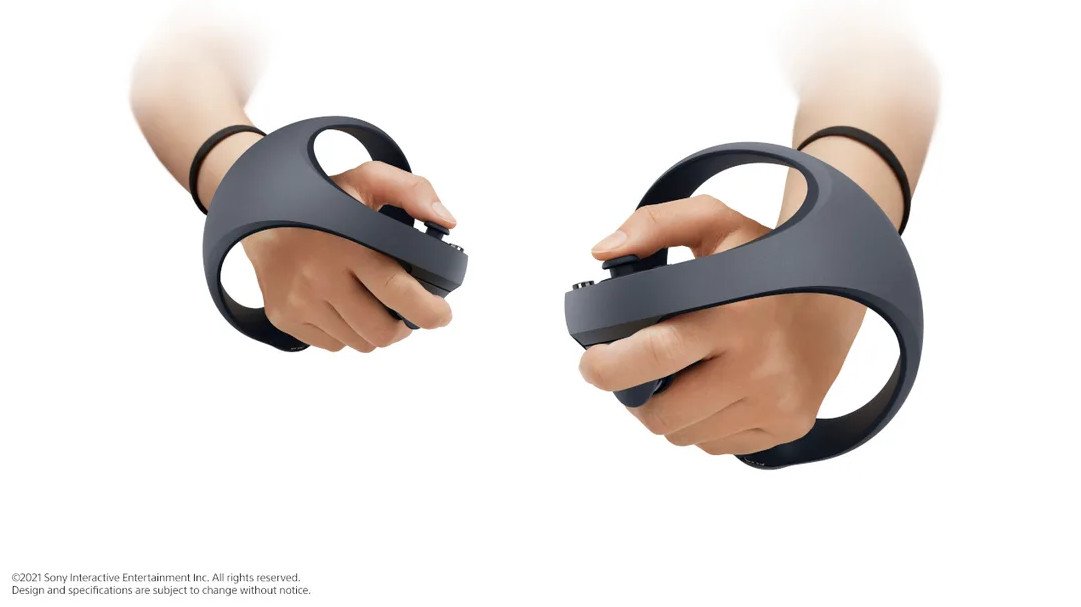
Sony recently announced the new PS5 VR controller, which is a radical redesign from the first-generation PSVR's PS Move controllers. Gone is the wand shape and confusing button layout and, in its place, is a significantly more elegant design that feels more natural to hold and is far easier to use. The controllers themselves look sort of like a mashup between the Valve Index's knuckles controllers and the Oculus Touch controllers that ship with the Oculus Quest 2.
Like the Oculus Quest 2, the new PS5 VR controllers feature tracking rings that wrap around the controllers, fitting your hands inside so as not to obscure the headset's vision of either controller. This time around, instead of using a single camera positioned under your TV to track your movements, Sony has confirmed that the new PS5 VR headset will track the controllers themselves, but stops short of describing the exact technology used to do the tracking.
While we could speculate all day long about the possibilities there, we'll just stick to what Sony said, for now. Sony specifically says there are "no constraints with how you're moving your hands," which means a significant upgrade from the PS Move controllers on the original PSVR. While we're still on the topic of movement, the new joysticks on each controller will enable far greater movement abilities in VR space than current PSVR players have.
The face buttons are much larger and there are controller-specific buttons now, too. That means instead of the cramped cross/circle/square/triangle buttons on each controller, you'll find larger, spaced-out circle and cross buttons on the right controller, while square and triangle are on the left controller. The amazing haptic motors from the PS5's DualSense controller are in these new PS5 VR controllers, as well as those adaptive triggers, as well. That means when you interact with something in VR using these triggers, you can feel real tension and weight as the triggers push back against your fingers. Now that's a next-gen upgrade!
Will launch with a cable
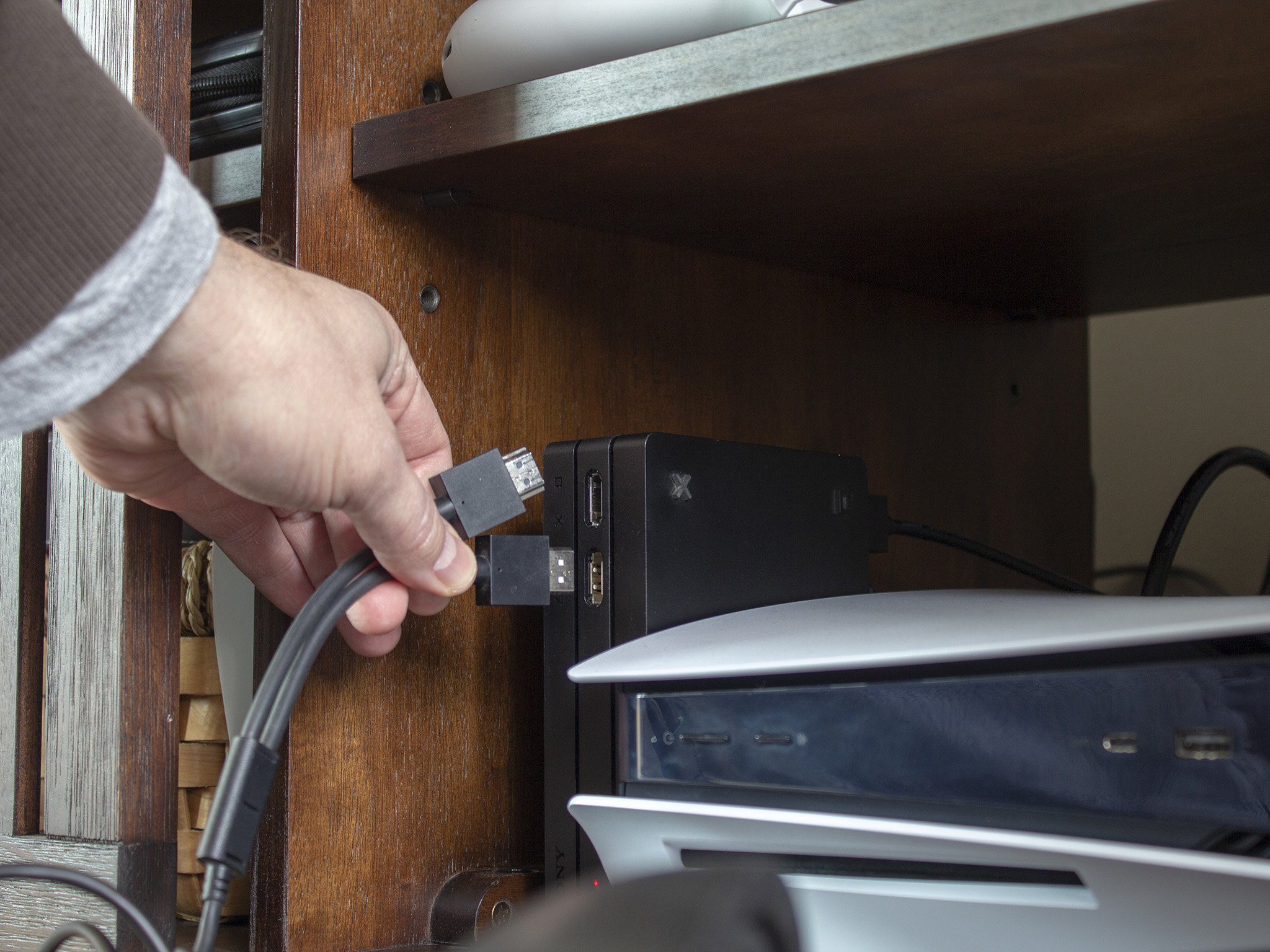
At launch, the PS5 VR (PSVR 2) will come with a single cable attached to the headset. Unlike the original PSVR, the second-generation PS5 VR model will have one port on the end and plug directly into the USB Type-C port on the back of the PS5. While it's a bummer to still be tethered to the console instead of being a wireless solution, there are several advantages to still using this solution for the headset.
First off, is battery life. While the Oculus Quest 2 is an amazing wireless VR headset, it only lasts a little over 2 hours on a single charge. You can get battery packs to help mitigate this issue, but it means that, unless you buy something extra, you're not going to be having marathon VR gaming sessions. A wired PS5 VR wouldn't have this issue since it'll be directly powered by the PS5 at all times.
Second, a direct-plug solution is far simpler and more elegant than the processor box and all the extra cables that are required for the origina PSVR. One cable that's permanently attached to the headset plugs right into the USB Type-C port on the back of the PS5. It really doesn't get any easier than that!
A better display and lenses
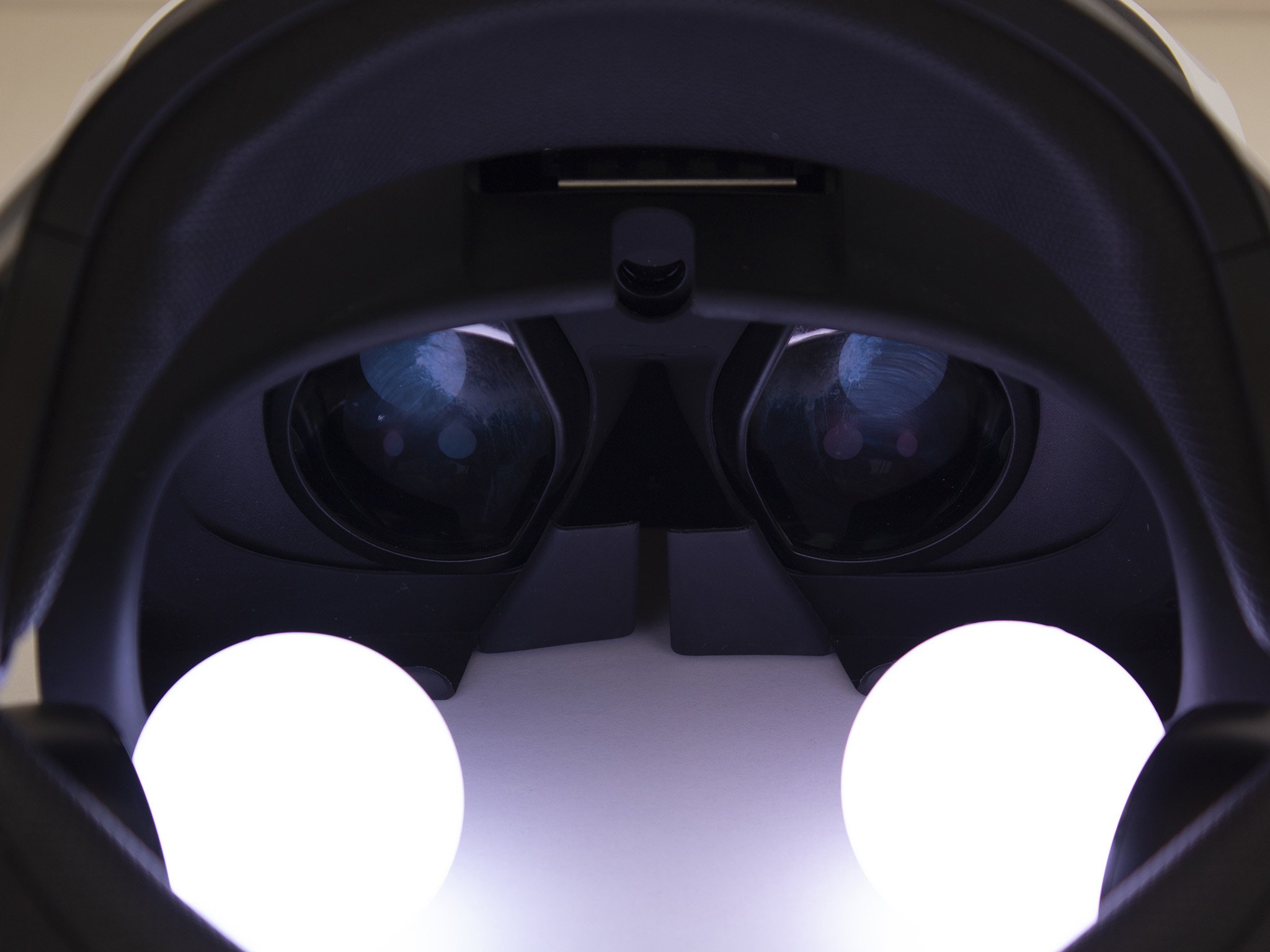
It goes without saying that we're expecting a better, higher-resolution display on the PS5 VR, and Sony has confirmed at much. While they haven't detailed the exact resolution, refresh rate, or display type that will be used, we have been told that it will, indeed, feature a better overall display with higher resolution than before.
In addition to an improved display, Sony is packing new lenses inside the PS5 VR headset that provide not just a clearer image, but grant the player a wider field of view, too. The original PSVR's field-of-view is around 100-degrees, which makes it a wider view than the Oculus Quest 2 and several other headsets. Still, Sony isn't content with just being a little bit better than these competitors, as it plans to increase that field of view to something much wider. How much wider? We anticipate up to 120-degrees, but that's not been confirmed just yet.
Big investments in VR games development
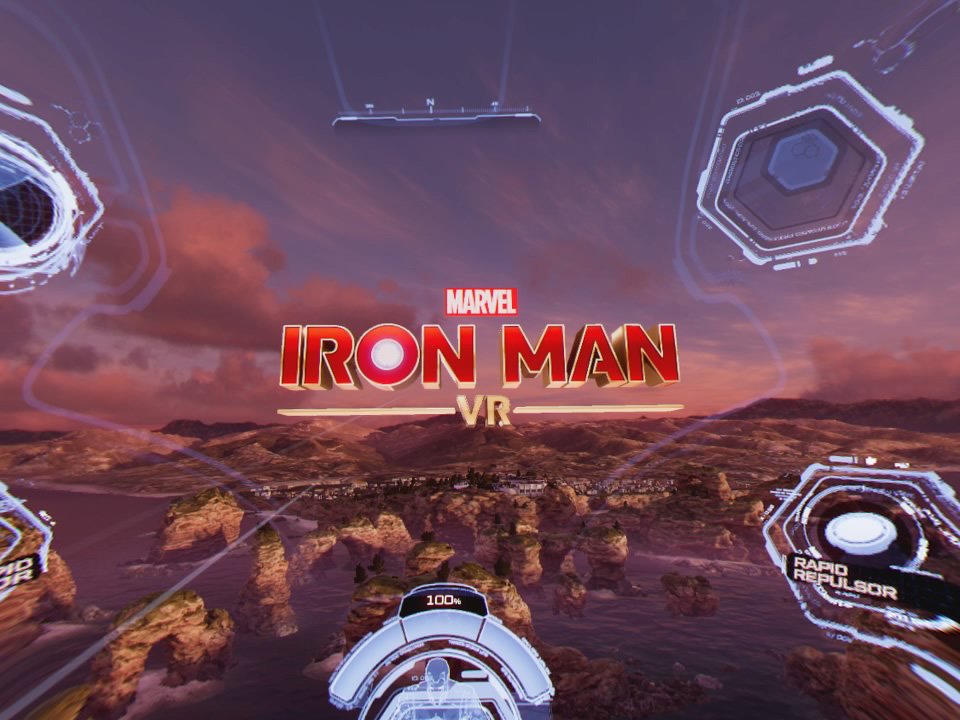
While some companies have pulled back their investments in consumer-level VR, others — like Sony and Facebook — have continued to increase their commitment to VR gaming and entertainment over the years. Sony has closed some internal studios but has also partnered with others and opened new ones, some of which are focusing on VR development. In the initial PS5 VR announcement post, Sony stated that they're "continuing to innovate with our new VR system so that our fans can continue to enjoy the unique experiences that are synonymous with PlayStation."
In this, and a few other announcements, Sony has shown that it is committed to further investments in the future of VR as a gaming and entertainment medium, squarely placing that burden on the shoulders of the PlayStation brand. Even with the closing of some of its internal Japan studios, Asobi Team, the developer behind the much-lauded Astrobot series, is sticking around for future development.
Sony also specifically stated that their "commitment to virtual reality as a medium for games is stronger than ever," further backing up everything we're seeing in the company's actions. After all, you don't invest in cutting-edge hardware development more than once if you're not serious about seeing it through and supporting it!
A release date
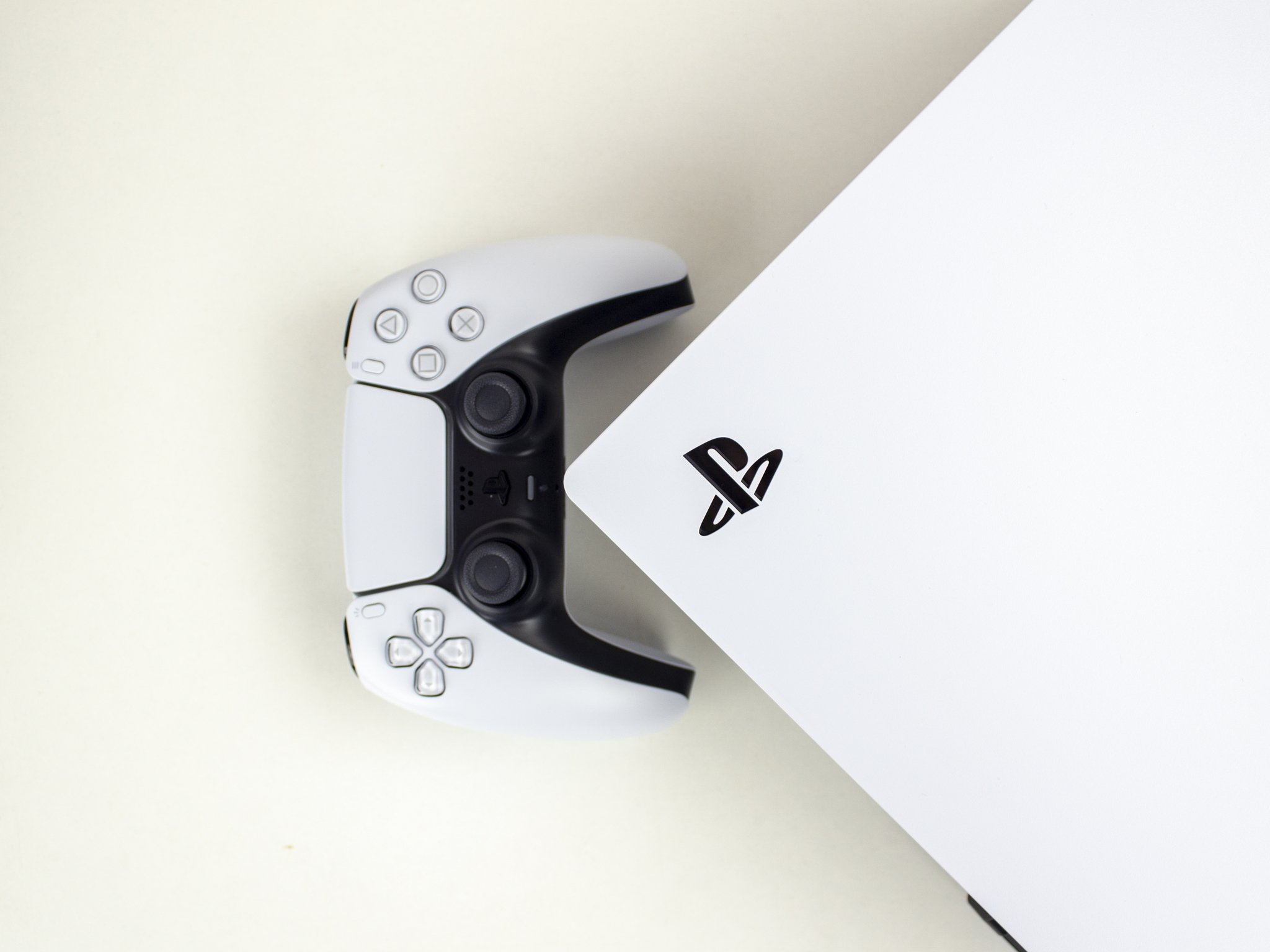
This one is a little more hazy than we'd like, but we do know one thing for certain: the PS5 VR isn't coming out in 2021. Our best guess is that we'll see this hardware sometime around the 2nd anniversary of the PS5, which would make it Fall 2022. Wish we had a better answer for you, but that's as good as it gets for now.
We don't know a ton about the upcoming PS5 VR, but Sony has made it clear that they're investing in VR in a big way and providing an experience that's going to blow people away when it debuts. Coming from Sony and the PlayStation brand, that builds big expectations that we, ultimately, hope pulls through!
Get started now
PS5

$499 at Amazon $399 at Amazon $499 at Best Buy $399 at Best Buy
Next-generation is more than graphics
The PS5 features cutting-edge graphics at 4K and up to 120FPS, but it also features next-generation controllers and loading times to match.
25/03/2021 12:00 PM
Google Is About To Drop Four Iconic JRPG Titles On Stadia
25/03/2021 04:31 PM
OnePlus 7 series finally gets its stable OxygenOS 11 update
25/03/2021 01:40 PM
Amazon's Deal of the Day has true wireless earbuds for as little as 20 bucks
25/03/2021 06:35 PM
Xiaomi’s next Mi Mix phone is coming on March 29 with a liquid lens camera
25/03/2021 11:56 AM
‘Dota 2’ update should make things much easier for newcomers
25/03/2021 03:45 PM
Square Enix Brings Final Fantasy VIII Remastered To Android
25/03/2021 05:33 PM
Which streaming platform will debut In the Heights
25/03/2021 08:00 PM
What color OnePlus 9 or 9 Pro should you buy
25/03/2021 01:31 PM
- Comics
- HEALTH
- Libraries & Demo
- Sports Games
- Racing
- Cards & Casino
- Media & Video
- Photography
- Transportation
- Arcade & Action
- Brain & Puzzle
- Social
- Communication
- Casual
- Personalization
- Tools
- Medical
- Weather
- Shopping
- Health & Fitness
- Productivity
- Books & Reference
- Finance
- Entertainment
- Business
- Sports
- Music & Audio
- News & Magazines
- Education
- Lifestyle
- Travel & Local

